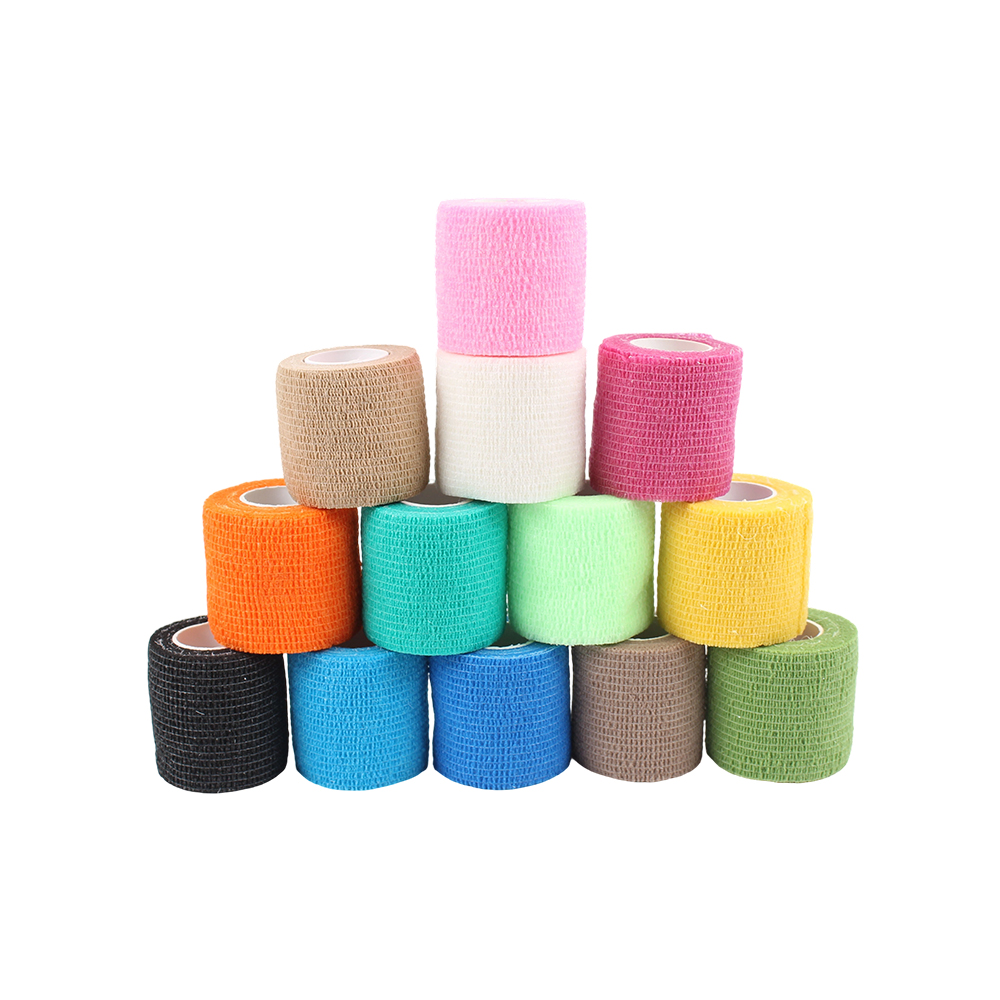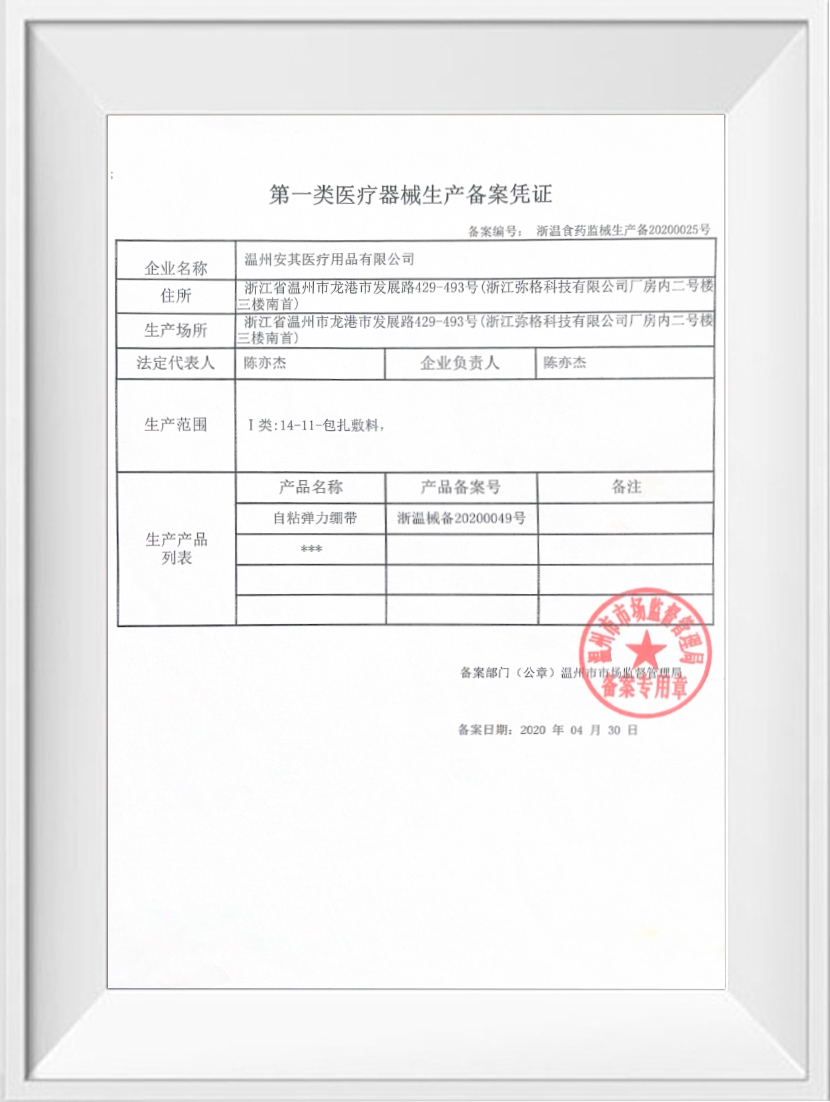Web Menu
Product Search
Exit Menu
We provide quality products and services to customers from all over the world.
What Are the Advantages of 3 Inch Self Adhesive Bandage Wrap?
One of the primary benefits of the 3 inch self adhesive bandage wrap is its versatile width. At three inches, it's wide enough to cover medium-sized areas like wrists, ankles, elbows, and lower limbs, yet not too bulky for precise applications. This size provides an ideal middle ground—offering adequate coverage while remaining easy to handle.

Another advantage is its self-adhesive property. The wrap sticks to itself without the use of pins, clips, or external adhesives. This makes application faster and simpler, especially in emergency or athletic environments where speed matters. It also reduces the risk of skin irritation, as the adhesive does not contact the skin directly.
The elasticity of the 3 inch self adhesive bandage wrap allows it to conform to body contours, delivering light to moderate compression. This makes it effective for controlling swelling, supporting injured muscles, or securing dressings. Since it stretches and flexes with movement, it doesn't restrict mobility, which is particularly important for active individuals or during physical therapy.
Lastly, this type of bandage is typically breathable and latex-free, making it suitable for prolonged wear. It's disposable, cost-effective, and often available in multiple colors, which adds a touch of personalization for athletes or pediatric patients.
While athletic underwrap foam tape plays an important role in the preparation and protection of skin before sports taping, it does come with certain limitations. Athletes and trainers often use underwrap to create a barrier between the skin and rigid athletic tape, helping to reduce irritation and improve comfort. However, despite its popularity, this product may not be the suitable option for every situation.
One of the main limitations of athletic underwrap foam tape is its lack of adhesive. Because it does not stick to the skin, it can shift during activity, especially if not anchored properly with an overlay of tape. This shifting may reduce the stability of the overall taping job, particularly during high-impact or extended physical activity. As a result, it may not provide the level of consistent support that some athletes require.
Another concern is that underwrap offers no structural support on its own. It is purely a comfort layer. In cases where injury prevention or muscle stabilization is needed, relying on underwrap alone—or misapplying it—can result in ineffective taping. Users must understand that it's not a substitute for proper taping techniques or materials like cohesive or rigid athletic tape.
Moisture retention is also a drawback. Underwrap foam tends to absorb sweat or water, which can discomfort or loss of integrity over time. In humid or wet conditions, this may cause the tape job to loosen or need reapplication. For athletes who participate in long games or practice sessions, this could become a significant inconvenience.
Finally, while athletic underwrap foam tape is generally considered skin-friendly, it may not work well for users with highly sensitive skin or specific allergies. Some foam materials may trap heat, causing irritation with prolonged use.
Athletic underwrap foam tape is useful for enhancing comfort and protecting skin during sports taping, but it has limitations in terms of support, moisture management, and stability. For better results, it should be used as part of a layered taping approach, not as a standalone solution.
Keep In Touch
No.455 New Town Development Road,Longgang City, Wenzhou City
Copyright © Wenzhou Anqi Medical Supplies Co., Ltd. All Rights Reserved.
Approval No: Zhejiang Wenzhou Food and Drug Administration Machinery Production Filing No. 20200025
The information provided on this website is intended for use only in countries and jurisdictions outside of the People's Republic of China.

 English
English русский
русский 中文简体
中文简体 Español
Español Deutsch
Deutsch عربى
عربى

